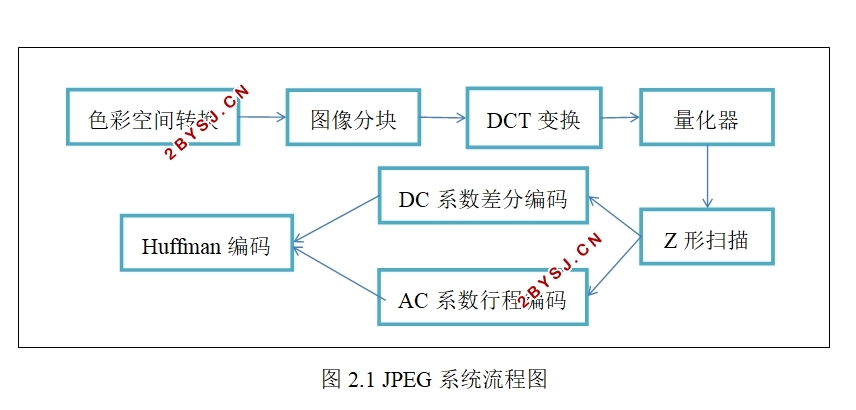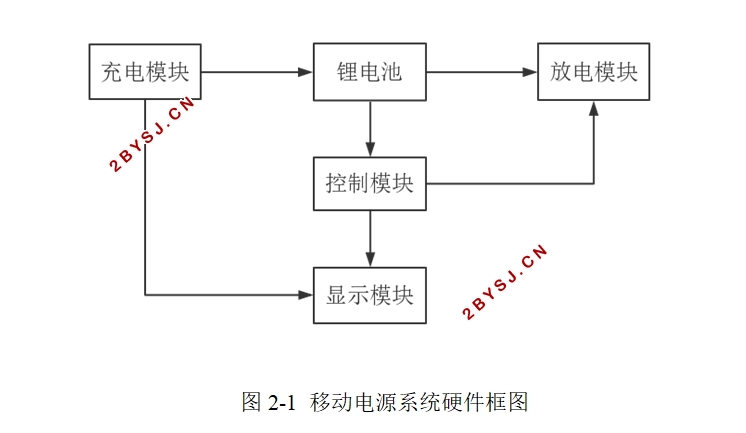移动电源的设计
无需注册登录,支付后按照提示操作即可获取该资料.
移动电源的设计(任务书,开题报告,外文翻译,论文10200字)
摘 要
随着智能手机以及其他智能产品例如ipad的兴起,人们越来越离不开智能产品。智能产品成为了人们不可替代的物品。智能产品的兴起同时与wifi以及4G通信网络的迅速发展是分不开的。但是在使用wifi或4G网络的时候,手机对电量的消耗大大提升,在外出时,对我们的生活带来了极大的不便。手机电池的续航制约了智能手机的发展。而移动电源则是针对智能移动产品的续航问题,提出的解决方案。
针对移动电源,本设计分为了硬件部分和软件部分。硬件部分以意法半导体的ARM(STM32F103)为控制器;采取TP4056为电源管理IC对移动电源实现充电管理功能(包括充电功能,充电过程中的过冲保护以及温度检测);采取TPS6123X系列作为电源放电升压核心IC。软件部分采用Keil作为编译环境,并通过J-LINK仿真器对软件功能进行在线仿真以及下载程序。
关键词:移动电源 电源管理IC STM32F103 DC-DC升压器
The design of portable charger
Abstract
With the rise of smart phones and other intelligent products such as ipad, people are increasingly inseparable from intelligent products. Intelligent products become irreplaceable items. The rise of smart products and wifi and 4G communication network at the same time the rapid development is inseparable. But in the use of wifi or 4G network when the phone on the power consumption greatly improved, when going out, on our lives has brought great inconvenience. Mobile phone battery life restricts the development of smart phones. While the mobile power is the proposed solution for the life of smart mobile products.
For portable charger, this design is divided into hardware and software part.Hardware part of the STMicroelectronics ARM (STM32F103) as a controller;Hardware part of the STMicroelectronics ARM (STM32F103) for the controller; to take TP4056 for the power management IC to achieve the power management of mobile power management functions (including charging function, charging process of overshoot protection and temperature detection); take TPS6123X series as a power Discharge boost core IC.The software part uses Keil as the compilation environment, and through the J-LINK simulator software on-line simulation and download the program.
Key words: portable charger; Power management IC; STM32F103; DC-DC booster





目 录
摘 要 I
Abstract II
第一章 绪论 1
1.1 概述 1
1.2 移动电源系统组成 2
1.3 研究内容 3
第二章 系统方案设计 5
2.1 系统需求分析 5
2.2 系统方案 5
2.3 系统硬件选择 6
第三章 系统硬件电路设计 8
3.1 硬件电路原理图层次式母图 8
3.2 充电模块设计 9
3.3 放电模块设计 11
3.4 控制模块设计 12
3.4.1 控制模块供电管理系统 12
3.4.2 控制系统 13
3.4.3 采样系统 14
3.5 显示模块设计 15
3.6 硬件元件清单 16
第四章 系统软件设计 18
4.1 主程序设计 18
4.2 GPIO配置 20
4.3 AD采样 21
4.4 中断配置 22
4.5 显示电量 23
第五章 系统仿真和硬件调试 25
5.1 硬件调试结果 25
5.2 结果分析 25
5.3 优化问题 26
参考文献 27
致 谢 29
附 录 30
附录1 各模块原理图 30
附录2 硬件PCB 32
附录3 系统源程序 33
